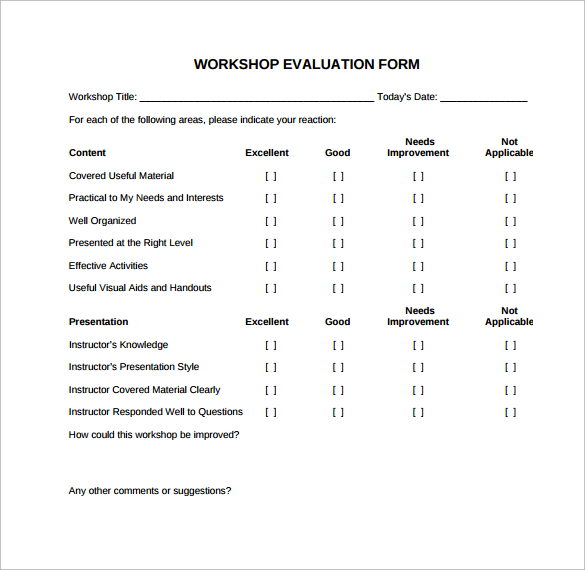

Patterson et al., Just-In-Time Teaching: Blending Active Learning with Web Technology ( Prentice-Hall, Upper Saddle River, NJ, 1999). Manivannen, “ Transforming the lecture-hall environment: The fully interactive physics lecture,” Am. Mazur, “ Peer Instruction: Ten years of experience and results,” Am.
Immediate feedback assessment technique manual#
, Google Scholar CrossrefĮric Mazur, Peer Instruction: A User's Manual ( Prentice-Hall, Upper Saddle River, NJ, 1997). Gosse, “ Acceptance by undergraduates of the immediate feedback assessment technique for multiple-choice testing,” Teach. Gosse et al., “ Grading scheme, test difficulty, and the immediate feedback sssessment technique,” J. Brosvic et al., “ Provision of feedback during preparation for academic testing: Learning is enhanced by immediate but not delayed feedback,” Psychol. DiBattista, “ The immediate feedback assessment technique: A learning-centred multiple-choice response form,” Can.

Lazarus et al., “ Immediate feedback assessment technique promotes learning and corrects inaccurate first responses,” Psychol. Franklin, “ Supporting student learning: The use of computer-based formative assessment modules,” Br. Haist, “ F-type testlets and the effects of feedback and case-specificity,” Acad. Wainer, “ On the reliability of testlet-based tests,” J. Lewis, “ Toward a psychometrics for testlets,” J. Haladyna, “ Context dependent item sets,” Educ. Swackhamer, “ Force Concept Inventory,” Phys. ( Lawrence Erlbaum Assoc., MahWah, NJ, 2004). Haladyna, Developing and Validating Multiple-choice Test Items, 3rd ed. Raphael, “ In-Class examinations in college-level science: New theory, new practice,” J. Gladding, “ Evaluating multiple-choice exams in large introductory courses,” Phys. Aubrecht, “ Constructing objective tests,” Am. As has been found in other disciplines, the reaction of undergraduate physics students to the IF-AT is highly positive, further motivating its expanded use in formal classroom assessments. Furthermore, partial credit is shown to be allocated in a discriminating and valid manner in these examinations. In total, the polychotomously scored items are found to allow for excellent discrimination, with a mean item-total correlation measure for the combined 45 items of the two examinations of r ¯ ′ = 0.41 ± 0.13 (mean ± standard deviation) and a final examination test reliability of α = 0.82 ( n = 25 items). As proof-of-principle, we present a case study of an IF-AT-scored midterm and final examination for an introductory physics course and discuss specific testlets possessing varying degrees of integration. Such integrated testlets represent a proxy of typical CR questions, but with a straightforward and uniform marking scheme that also allows for granting partial credit for proximal knowledge. This feature allows for the creation of a new type of context-dependent item set: the “integrated testlet.” In an integrated testlet, certain items are purposefully inter-dependent and are thus presented in a particular order.

With this tool-the immediate feedback assessment technique (IF-AT)-students gain complete knowledge of the correct answer for each question during the examination and can use such information for solving subsequent test items. We describe how an answer-until-correct multiple-choice (MC) response format allows for the construction of fully multiple-choice examinations designed to operate much as a hybrid between standard MC and constructed-response (CR) testing.


 0 kommentar(er)
0 kommentar(er)
